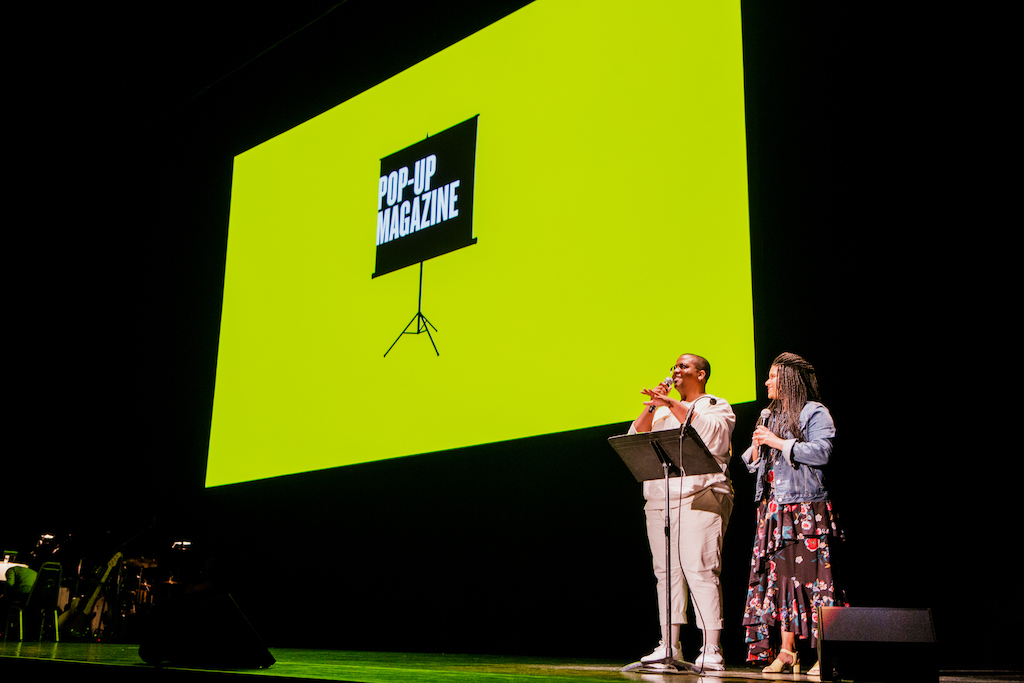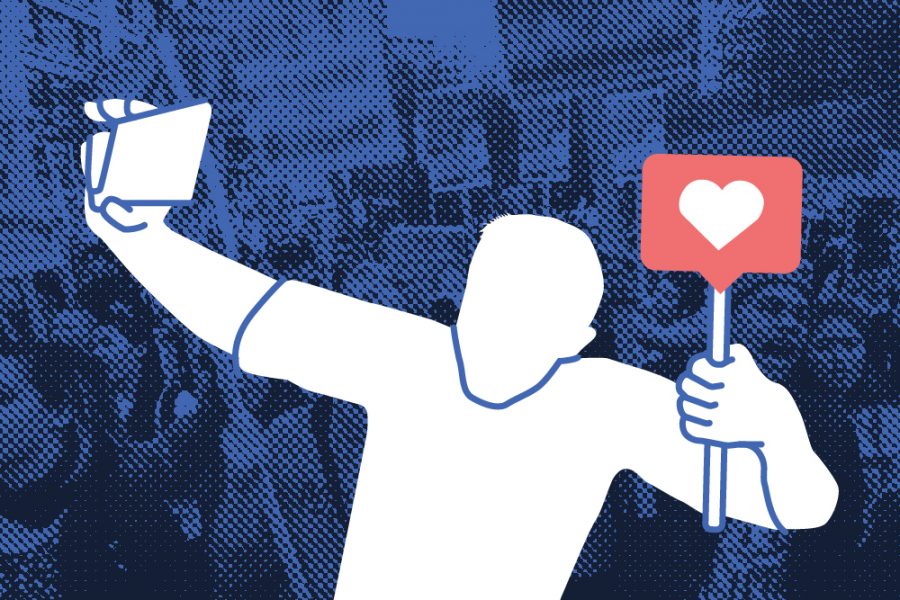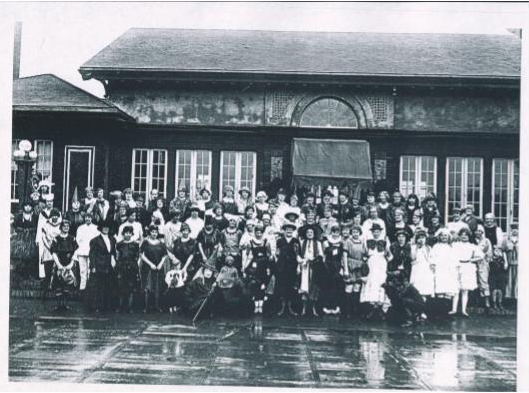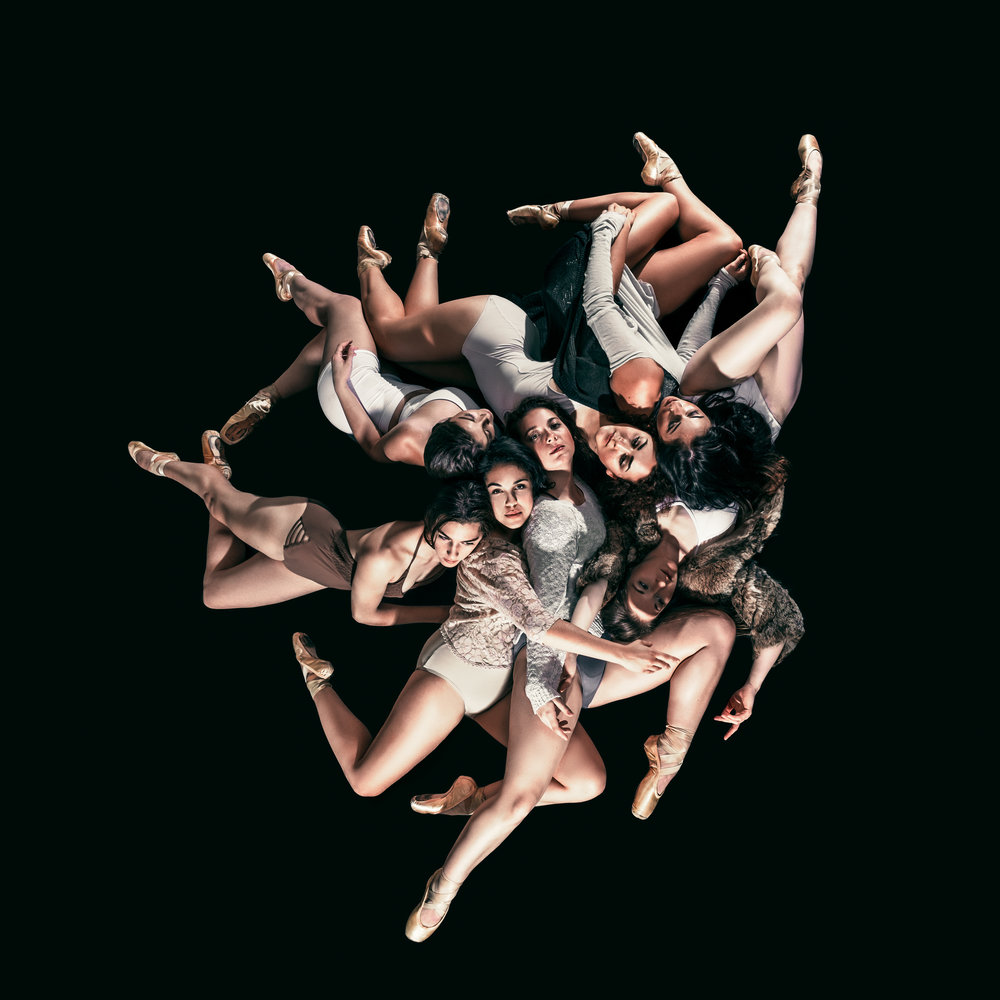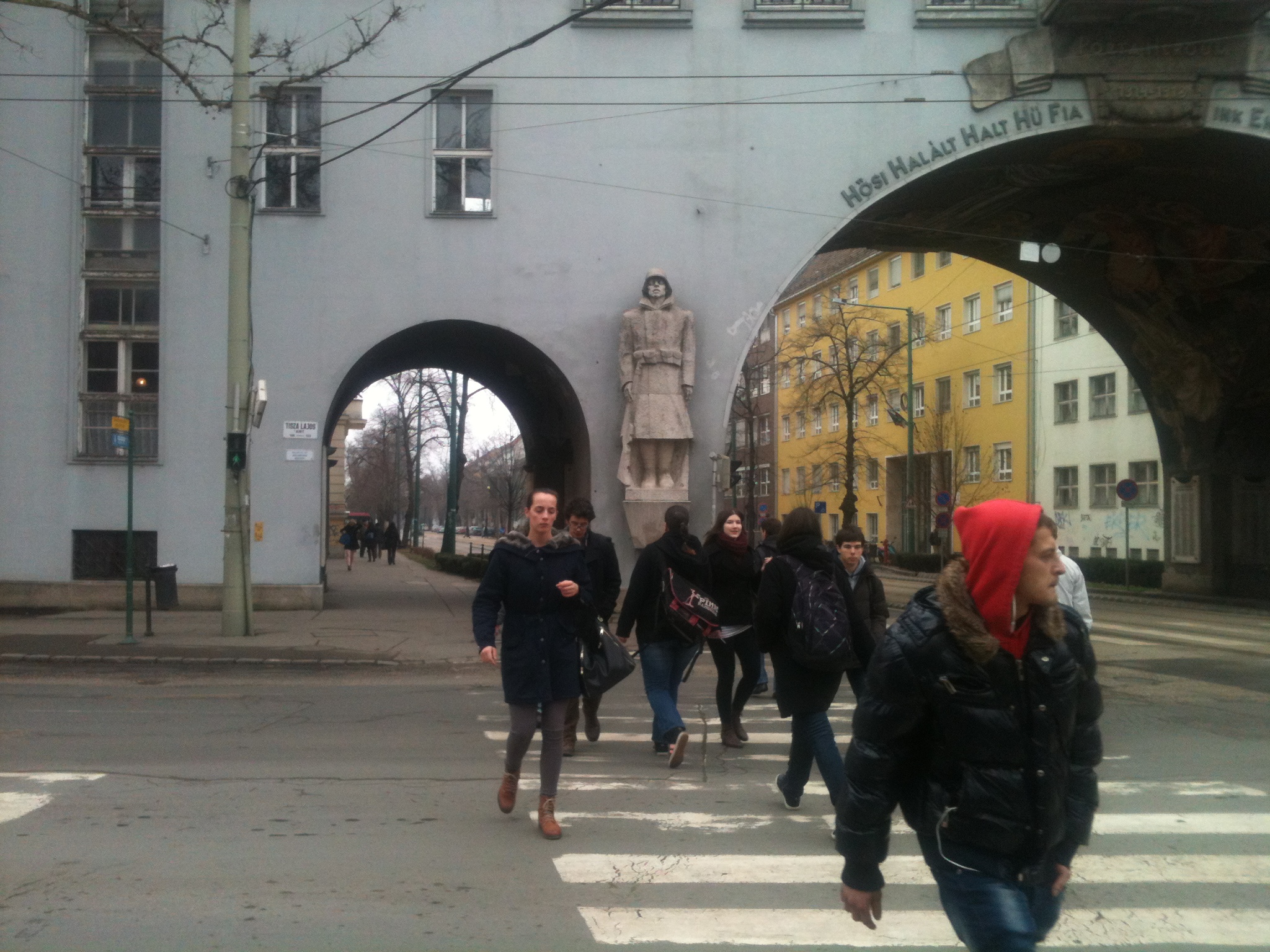The internet has changed how print media is received, that’s a given, but what hasn’t been as easy to figure out is a way to keep the dying industry alive and thriving. Pop-Up Magazine has developed a new way for readers to take in dynamic reporting and creative storytelling…and it’s not necessarily conventional.
Ideas for the mag were springing up back in 2009 as an experiment of sorts. “What would happen if you brought writers, filmmakers, photographers, radio producers and other artists all together on the same stage?” questioned Executive Editor Anita Badejo. “Pop-Up Magazine came to life as a way for nonfiction storytellers and journalists from all backgrounds to come together and tell incredible, vivid, multimedia stories.”
“Incredible” and “vivid” may be underselling it. A myriad selection of tales and anecdotes—from the utterly hilarious to the perplexingly strange to the depressingly serious—are stacked back to back with little room for a reprieve. Nuanced live scoring from Minna Choi and her group the Magik*Magik Orchestra aid not only in transporting the audience to the scenes of each story but by also creating specific moods that coincide and connect listeners with the pieces. Audio, animation, illustration and photography help strengthen that too, which, according to Badejo, was the type of connection that was intended from the start.
“Our co-founder Doug McGray felt that there was a missing link in journalism,” Badejo said. “After a long career as a freelance writer for places like The New Yorker, he started making radio stories for This American Life—at which point he realized there was little room for writers to meet radio folks, for photographers to meet filmmakers, and so forth.” That’s how it grew to be called a “live magazine” by the other co-founders Derek Fagerstrom, Lauren Smith and Evan Ratliff and the rest of the staff, but a part of that liveliness is making sure there’s something relatable or enjoyable for everyone.
That’s why Badejo said she feels each edition or issue of Pop-Up Magazine serves as more of a general-interest magazine. Stories range from tech and politics to food culture and business, but the editorial team tries to stretch that variety to other facets of production. “We’re always thinking of our ‘mix,’ both in terms of our contributors and stories,” Badejo said. “We want to make sure we have a diverse range of storytelling backgrounds represented and that our stories feel dynamic in tone and length.”
Examples of their diverse offerings were certainly present during their last touring production, where they had stories on Tinder dating in Alaska (“Lonely Island”), Instagram thirst traps (“Thirst Class”), a black child shot by a convenience store owner who thought she was stealing (“A Love Song for Latasha”) and on Filipino mothers leaving their children at young ages to find domestic work in Hong Kong (“We Are Like Air”), among others. Even the advertisements were performed live.
The kicker with these stories and all the other ones featured through Pop-Up Magazine is that they can’t be found anywhere. Nothing is online. Nothing is in print and attendees aren’t even allowed to shoot photos or film. What is seen and heard on that stage is unique to those in attendance, never to be experienced again. “Because our shows aren’t recorded or streamed, contributors also feel comfortable debuting work with us that’s still in progress, and they often find inspiration during our editing and production process to take their projects in new directions,” Badejo said.
While that makes it hard for viewers to go back and enjoy that magic all over again, the Pop-Up team try to make it worth their while for the writers and the audience by hosting a cocktail hour meet-and-greet at the end of each night. Think of it more like a live-action comment section, except the commentary is definitely more positive than negative.
“I often hear that the thing they’re most grateful for is the immediate connection they get to have with audience members after they’ve told their stories,” Badejo said. “As a journalist, it can sometimes feel like there’s a bit of a remove from your work and those who read, hear or watch it. You put out a story and—outside of comments or social media posts—don’t often get to know how people are engaging with it.”
Pop-Up Magazine does tours three times a year with all brand new material, so if you’re into the in-person NPR type of set up, there are a few opportunities to experience it annually. It’ll change the way you look at journalism and maybe even rethink how you feel about print media. That’s what it did for Badejo, at least.
“I had fallen in the trap of thinking every story needed to be a 3,000 to 8,000-word, written-through feature,” Badejo said. “It presents a really fun and challenging creative opportunity to find the best way to tell any individual story, and that’s really exciting to me.”
Cervanté Pope is a music and culture journalist whose work has been included in various publications around Portland including Willamette Week, the Portland Mercury and the Portland Observer, as well as a couple of creative nonfiction anthologies. When she's not tackling a giant mountain of deadlines she can be found headbanging at a metal show, advocating for animal rights or trying to scheme a way to get on Family Feud.

